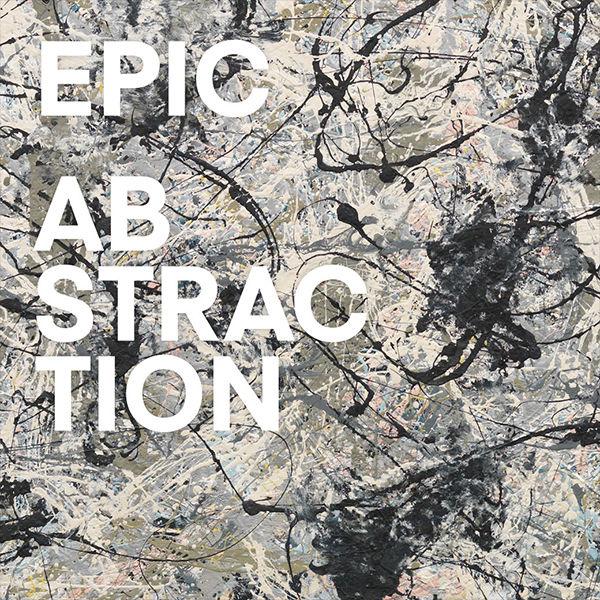Goldsborough
Artwork Details
- Title:Goldsborough
- Artist:Anne Truitt (American, Baltimore, Maryland 1921–2004 Washington, D.C.)
- Date:1974
- Medium:Paint on wood
- Dimensions:8 ft. 5 1/2 in. × 39 in. × 8 in. (257.8 × 99.1 × 20.3 cm)
Weight: 160 lb. (72.6 kg) - Classification:Sculpture
- Credit Line:Anonymous Gift, 1975
- Object Number:1975.425
- Curatorial Department: Modern and Contemporary Art
Audio

2096. Annie Truitt, Goldsborough
Gallery 924
NARRATOR: Known for singular pillars like Goldsborough, as well as groups of pillars, Anne Truitt creates solid, formidable sculptures that appear at first to be predictably shaped. But Curator Randy Griffey invites you to look more closely.
RANDY GRIFFEY: You'll notice that the work isn't perfectly symmetrical. Like many of Truitt’s sculptures, Goldsborough is subtly asymmetrical; a dynamic asymmetry which is quiet, but unmistakable. The upright work has a kind of precarious balance rather than symmetrical stasis.
NARRATOR: Earlier in her artistic career, Anne Truitt had been a figurative sculptor. Her work shifted to abstraction after a transformational visit to the Guggenheim Museum in 1961. Over the next two decades she was often associated with minimalism. But her work, including Goldsborough, defies such a narrow definition.
RANDY GRIFFEY: Truitt typically worked in wood, not in industrial materials such as steel. But then she also painted that wood so that it doesn't actually look like a natural material; and often with bright colors. So there's this wonderful relationship between her use of a natural material, like wood, and her preference for bright, often unnatural color.
NARRATOR: Anne Truitt described her work in this way, in a 2002 interview.
ANNE TRUITT: The line of gravity in the center of my sculptures is really the essence. It’s the essence of them. Around the line of gravity, I can magnetize—or is magnetized—the color, the meaning of the sculpture, just in the same way that along the line of gravity in our bodies our lives are organized. Without that line of gravity, you haven’t got anything. We wouldn’t be here. Nothing would be able to stand up. There wouldn’t be even the implication of order. And the implication of order in the law of gravity is a very strong... it’s implication of a very strong order, intractable order, which in the end of one’s life one has to submit to. In the end of life, you have to submit to order. Nobody likes it. I don’t know anybody who thinks that it’s hot, hot stuff that you have to submit so much.
More Artwork
Research Resources
The Met provides unparalleled resources for research and welcomes an international community of students and scholars. The Met's Open Access API is where creators and researchers can connect to the The Met collection. Open Access data and public domain images are available for unrestricted commercial and noncommercial use without permission or fee.
To request images under copyright and other restrictions, please use this Image Request form.
Feedback
We continue to research and examine historical and cultural context for objects in The Met collection. If you have comments or questions about this object record, please contact us using the form below. The Museum looks forward to receiving your comments.